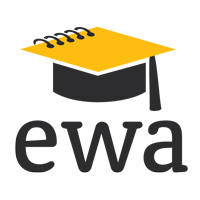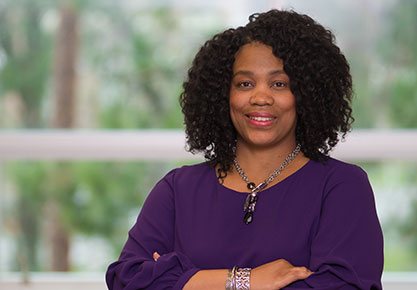Education journalists carry great responsibility as they strive to write about the nation’s diverse schools in ways that are inclusive, and that minimize their own biases.

That’s why the Education Writers Association, whose membership includes hundreds of reporters across the nation, has released the Reporter Guide for Inclusive Coverage. The guide was produced in conjunction with Joe Grimm, a faculty member at Michigan State University’s College of Communication Arts and Sciences and the creator of the Bias Busters series.
In addition, the foreword was written by Dorinda Carter Andrews, professor and chairperson of the Department of Teacher Education in the MSU College of Education.
“Because their writing has the potential to shape the public’s perception of the social and political realities of education, journalists must be committed to soliciting and including a variety of voices,” Carter Andrews writes, and provides six key tips for journalists.

“These tips are offered with the assumption that journalists are reporting with the goal of narrating stories that ultimately lead to more educationally just outcomes. When this is central to the work, equity, inclusion and justice are not just afterthoughts, and education reporters are intentionally working to minimize biased reporting.”
The guide itself includes answers to questions reporters may have when writing about race and ethnicity, faith or often marginalized groups, such as immigrants, veterans and LGBTQ+ communities. Many of the questions focus on correctly using each group’s preferred terminology or breaking long-held stereotypes about the group.
More resources
Carter Andrews co-authored an Education Week article in June 2020: “Guidance for Leaders Writing Statements on Police Shootings of Unarmed Black People.” Read now.




